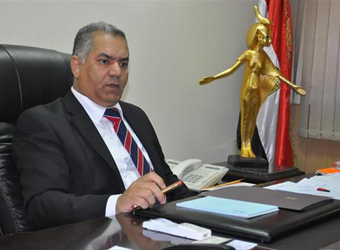Egyptian Ministry of Heritage and Monuments has inked Saturday a protocol on cooperation to launch three projects to enhance Egypt’s non-beach tourism within the upcoming period.
The protocol has been signed by Mamdouh Al Damaty- Heritage Minister, James Moran – European Union’s Ambassador to Cairo, and Ahmed El-Wakeel- Chairman of Federation of Egyptian Chambers (FEDCOC) and Alexandria Chamber of Commerce.
The authorities- signed the protocol- would cooperate in executing the three projects as well as in saving and protecting heritages.
During the regional conference organized by Alexandria’s commerce chamber with the theme of “Promoting Tourism in Alexandria” held on Saturday, Alaa Ezz – FEDCOC’s Secretary General- asserted that there is a mechanism to provide necessary fund for those projects.
Ezz noted that one of those projects is Umayyad project (‘Improvement of Mediterranean territorial cohesion through the setup of a tourist-cultural itinerary’) that has been launched today.
The Umayyad project designs and launches a tourism itinerary across seven countries covering the original extension of the empire from the Atlantic to the Middle East.
UMAYYAD is coordinated by the Foundation for the Legacy of al-Andalus (Spain, Andalucía). The partnership is composed of 14 institutions in the field of tourism representing 7 different countries: Spain, Portugal, Italy, Tunisia, Egypt, Lebanon and Jordan.
Ezz clarified that the other project is GOALS; Governance for Achieving Local Strategies for Tourism.
GOALS will focus on sustainability of tourism policies that entails not only institutional cooperation between public administrations but also coordination with economic sectors, social involvement and skilled technical backing:
It requires very structured governance, matching territorial, economic, cultural, social planning.
The project’s specific objective is to improve tourism planning and management through innovative structures of governance including institutional and socio-economic stakeholders.



